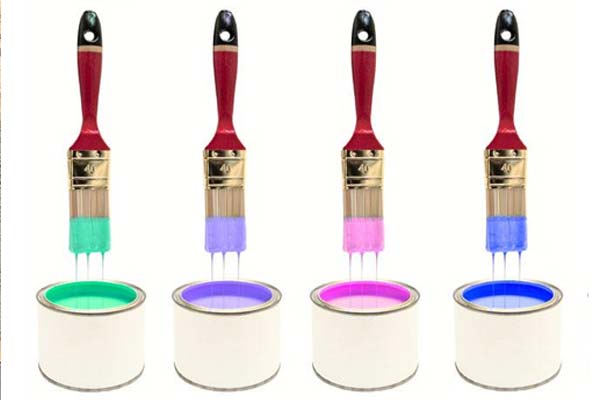In the realm of paint additives, cellulose plays a vital role in enhancing paint performance. There are two prominent cellulose additives used in the paint industry: Heda cellulose and Yibang cellulose. In this article, we will delve into the specific characteristics and unique advantages of Yibang cellulose when used in paint formulations.
1. Improved Thickening and Suspension Properties:
Yibang cellulose offers exceptional thickening and suspension properties, making it an ideal choice for paint applications. Its ability to increase viscosity effectively ensures better control over paint flow, preventing dripping or running. These properties provide improved application precision and contribute to the overall aesthetic appeal of the paint.
2. Enhanced Water Retention:
Water retention is crucial during the paint application process as it allows for proper drying and film formation. Yibang cellulose excels in retaining water within the paint system, prolonging the paint’s open time. This extended open time enables painters to achieve smoother finishes and better workability, especially in low-humidity conditions or longer drying times required for specific paint projects.
3. Increased Binding Power:
Yibang cellulose exhibits excellent binding properties, which greatly contribute to paint durability and overall performance. The cellulose acts as a binder, creating a cohesive film, improving adhesion to the surface, and enhancing resistance to peeling, cracking, and flaking. This enhanced binding power extends the lifespan of the painted surface and ensures long-lasting results.
4. Enhanced Resistance to Solvents and Chemicals:
Painted surfaces are subject to various solvents and chemicals, often leading to fading or damage. Yibang cellulose offers increased resistance to solvents, making the painted surface more resilient against solvents commonly encountered in household cleaning products or environmental factors. This enhanced resistance helps preserve the paint’s appearance and longevity.
5. Improved Color Development:
The color development of paints is crucial for achieving desired visual effects. Yibang cellulose aids in the dispersion and stabilization of pigments within the paint system, allowing for improved color development and vibrancy. This characteristic ensures consistent and uniform color distribution, resulting in a more visually appealing finish.
6. Reduced Environmental Impact:
Yibang cellulose is manufactured with considerations towards sustainability and reducing environmental impact. This cellulose additive promotes lower volatile organic compound (VOC) emissions, contributing to a healthier indoor and outdoor environment. Lower VOC emissions are vital in reducing air pollution and meeting stringent environmental regulations.
While both Heda cellulose and Yibang cellulose are cellulose additives commonly used in paint formulations, Yibang cellulose exhibits specific characteristics that make it stand out in the industry. With its improved thickening and suspension properties, enhanced water retention, increased binding power, resistance to solvents and chemicals, improved color development, and reduced environmental impact, Yibang cellulose proves to be an excellent choice for paint manufacturers and professionals seeking optimal performance and sustainability. Understanding these distinctions can help in selecting the most suitable cellulose additive for specific paint applications and achieving superior results.


